The Culture Of Yemen

- Yemen is mostly Muslim, with a smaller Christian population.
- The Sana'a Summer Festival is a large, month-long festival of music, dance and art meant to encourage tourism and help the economy.
- Low literacy rates have hindered the growth of Yemeni literature, but recently more of the population is learning to read.
- Though face coverings are not mandatory for women, many women will wear the sharsaf which covers their heads and face.
- Yemen has a rich poetic history, as seen in the practice of Zamil, which is creating or reciting poetry on the spot.
Yemen is a country located on the Arabian Peninsula. Archeological evidence indicates that humans have lived within Yemen's borders for millennia, with several settlements dating back to 5,000 BC. Scholars suggested that the fertile soils and sufficient rainfall in the region attracted the communities that settled in the region.
One of the most influential kingdoms in Yemen's history was the Sabaean Kingdom (circa 950-100 BCE), which scholars believe to be the biblical Kingdom of Sheba. One of the greatest achievements of the Sabaeans was the construction of the Great Dam of Ma’rib to protect the city from flooding. The Roman Empire, which was under the rule of Augustus at the time, attempted to conquer the Sabaeans. Aelius Gallus led the Roman onslaught, but the Sabaeans managed to defeat them. Another significant period in Yemen's history was the introduction of Islam during the time of the Prophet Mohammed. During this period, the various tribes of Yemen were not united, and Islam acted as a major unifying factor. Since that time, Islam has played a significant role in the lives of the Yemeni people.
Religion
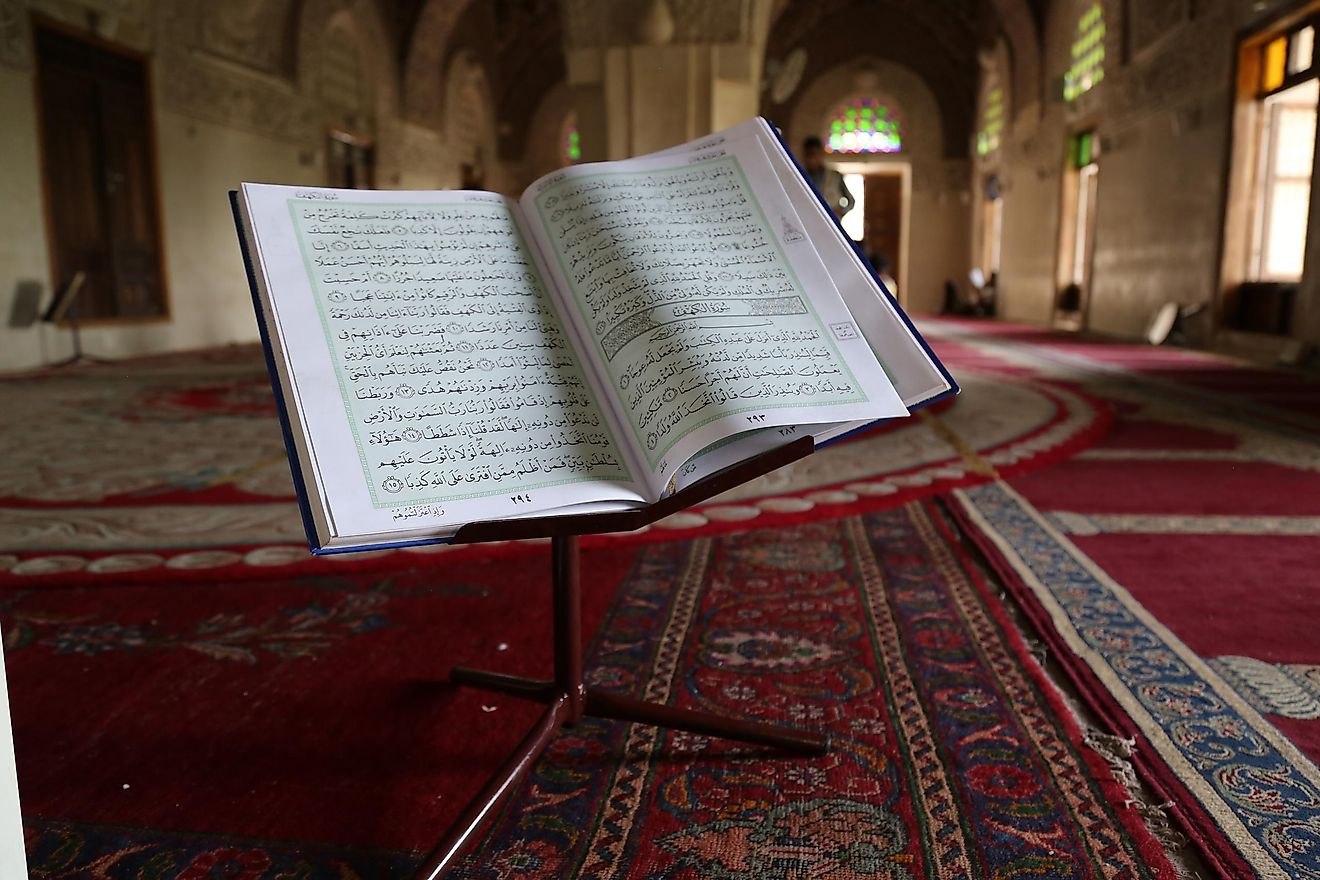
The most dominant religion in Yemen is Islam, and the Yemeni constitution declares it as the state religion. The constitution also states that Islamic sharia law forms the basis of all the rules in the nation. The dominant Muslim sect in Yemen is Sunni Islam, encompassing nearly 65% of Yemeni Muslims. Despite the constitution not guaranteeing the freedom of religion, residents are free to practice the religion of their choice. The government, however, denies Muslim Yemeni citizens the freedom to convert to another religion. The government also prohibits actively trying to convert any Muslim citizen.
The minority religions in Yemen are Judaism and Christianity. Judaism has a long history in Yemen with several sources indicating that the biblical King Solomon sent Jews to Yemen to search for silver and gold. It is believed that 13th century geographer Abu-Al Feda wrote a book stating that Jewish settlement in Yemen dates back to 1451 BCE. Several synagogues were constructed during the rule of the Himyarite Kingdom (circa 110 BCE–525 AD), which succeeded the Sabaeans. Many of the Jews in Yemen fled during the exodus of Jewish peoples from Arab countries, in the 1940s to the 1970s.
Festivals
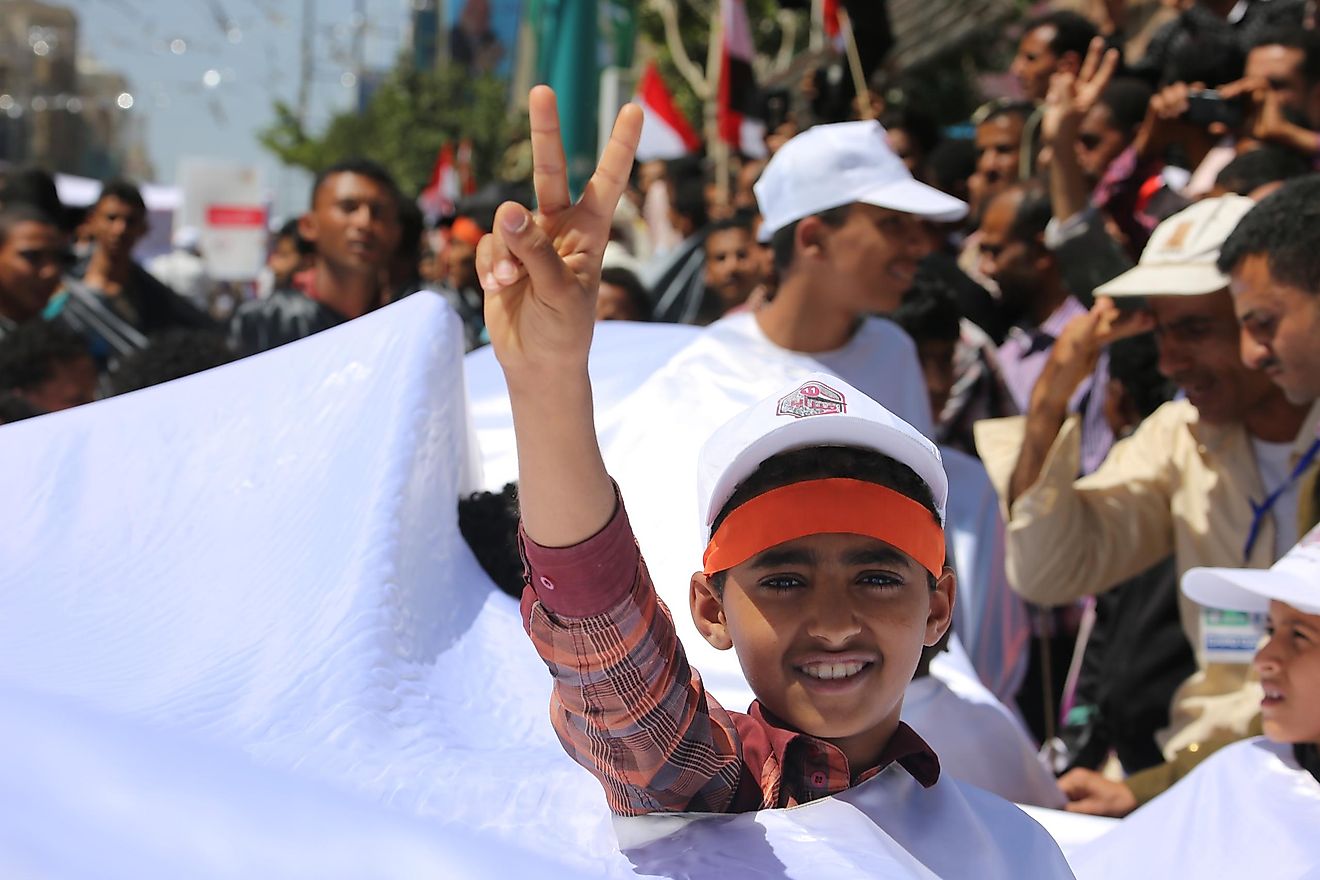
Festivals are a significant part of Yemen's culture, and they usually attract vast numbers of tourists. Some of the festivals that take place in Yemen are Muslim festivals such as Eid al-Adha and Eid-Ul-Fitr. Another popular festival is the Sana'a Summer Festival which usually lasts for an entire month and is put on by the ministry of tourism to encourage the economy. It features folk dances, traditional fashion shows and art displays. The Bab al-Yemen carnival, held at the start of the celebration, is one of the most popular attractions during the festivities.
Cuisine
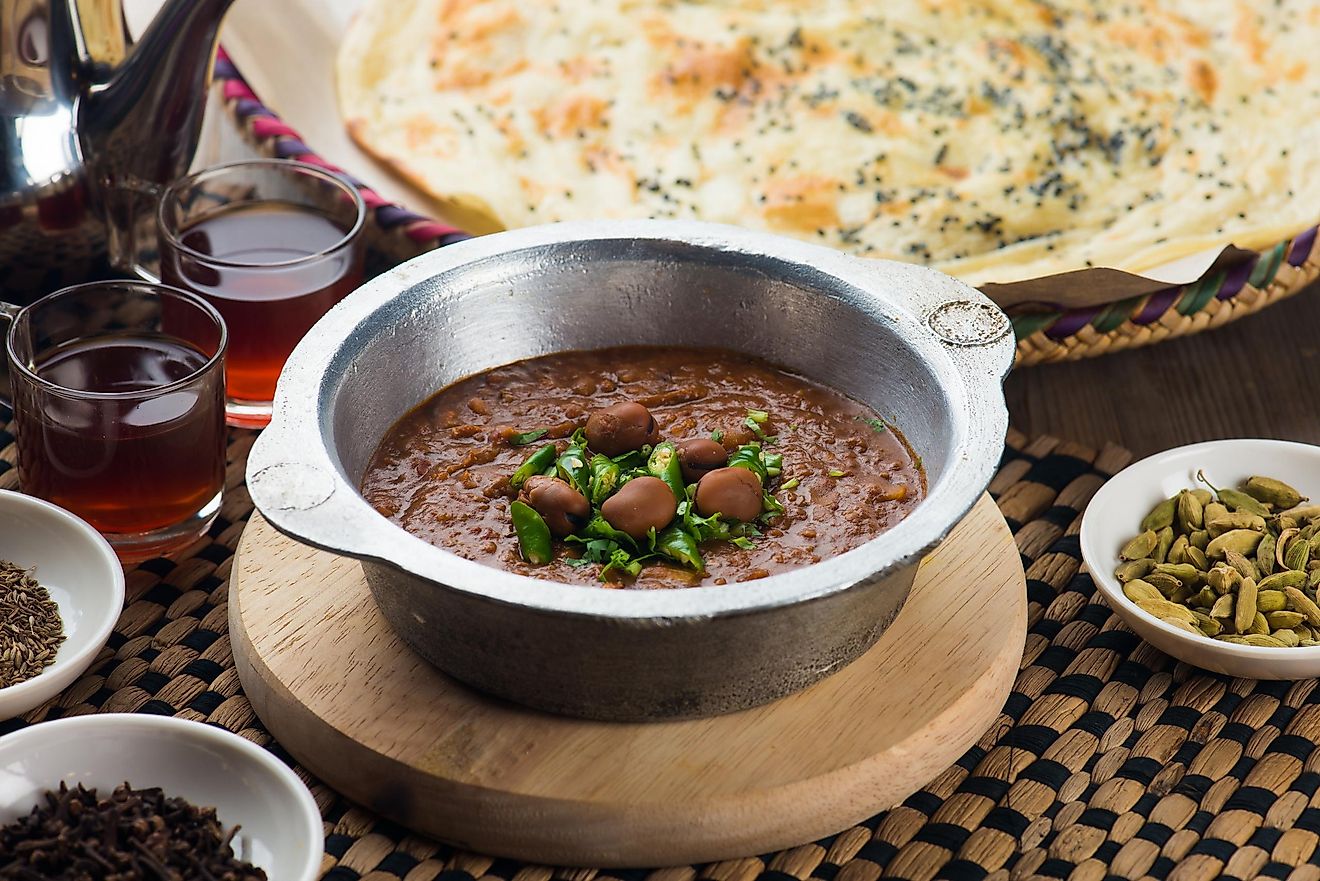
The food served in Yemen has been influenced by some foreign societies such as the Indians and the Ottomans. Indian influence is particularly common in meals prepared in the country's southern region, while foods prepared in the northern region of Yemen have a distinctive Ottoman influence. Kitchens in the different regions of Yemen have some similar features, but one of the essential ones is a circular clay oven necessary for preparing Yemeni flatbread which is typically eaten with saltah, a stew with meat vegetables, and sometimes eggs. Although saltah is the most well-known Yemeni dish, it has its roots in Turkey. The people of Yemen, however, made the recipe their own by using a unique blend of indigenous spices. Another well-known Yemeni dish is ogda, another type of stew which can be prepared in a variety of ways depending on what ingredients are available.
The most important fruits and vegetables in Yemen are potatoes, tomatoes, and onions since they are used in the preparation of most of the meals. Mutton and chicken are the most widely consumed meat varieties in the country. Pork is not eaten as it is prohibited by Sharia law, while beef is costly and consumed rarely.
Music And Dance
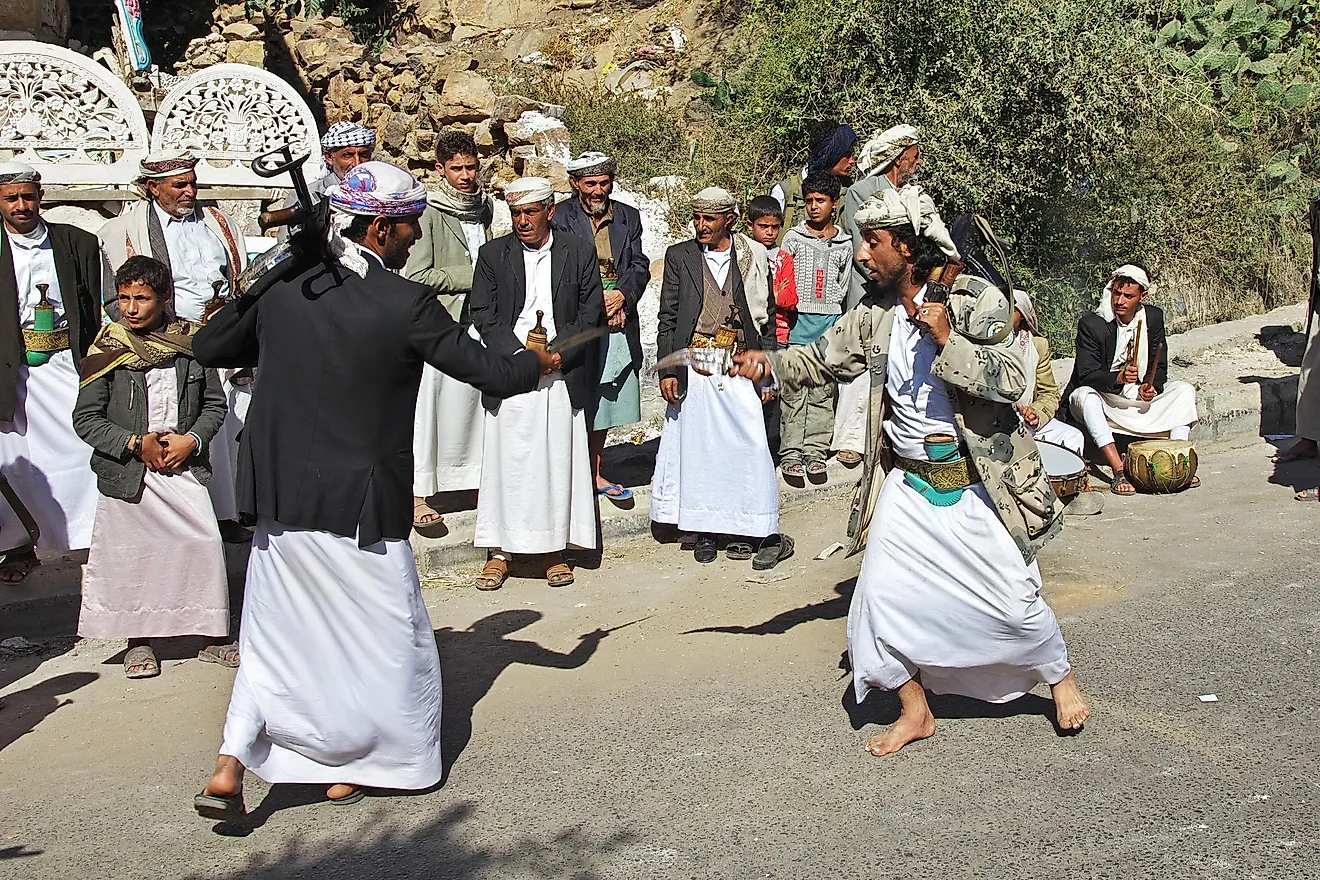
Music in Yemen traces its roots to the nation's rich poetic history. The Yemeni people have a unique cultural practice referred to as Zamil where they immediately come up with poems or recite the ones they have memorized. The verses usually make use of proverbs to convey deeper meanings and Yemeni songwriters make use of this practice in composing their songs.
Music is an integral part of Yemeni daily life and songs are often sung as people work. Several Yemeni musical groups perform during ceremonies, making use of instruments such as lutes, flutes, and drums. Dancing in Yemen is usually common during festivals, and the dancers often imitate fights. Apart from the traditional music, modern forms of music such as hip-hop and rap have taken root in Yemen, with Hajaj Abdulqawi Masaed often being considered the most influential Yemeni hip-hop star. Other famous Yemeni musicians include Mohammed Abdu, Arwa, and Boaz Mauda.
Literature
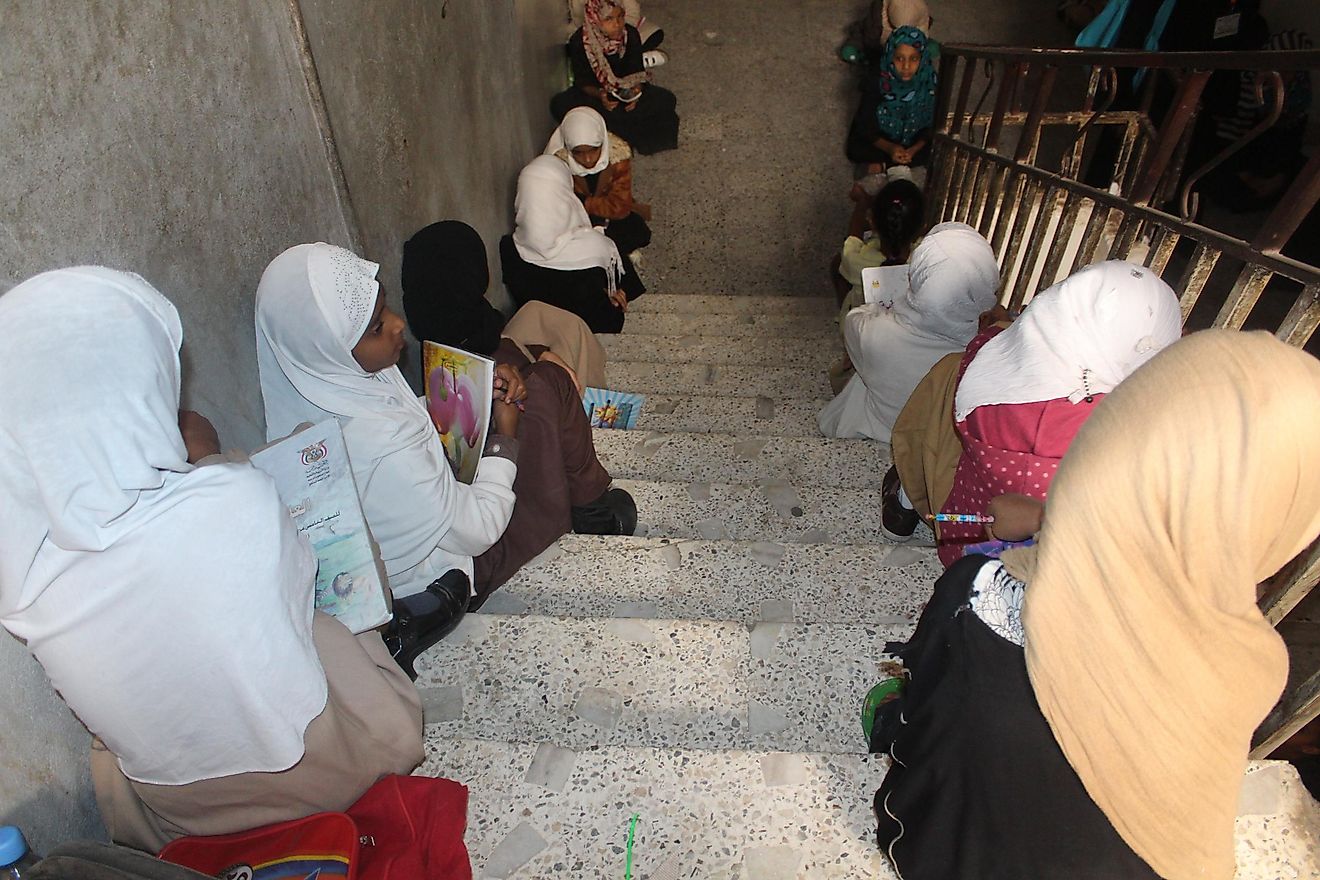
Yemeni literature began gaining prominence in the 20th century due to the work of writers such as Ramziya Abbas al-Iryani, and Zahra Rahmat Allah. One of the main factors that hindered the growth of the Yemen literature industry was the low literacy levels among Yemeni adults. In 1994, adult literacy in Yemen was approximately 37.1% although it increased in subsequent years to 70% in 2015. Some of the most well-known Yemeni literary works are They Die Strangers written by Mohammad Abdul-Wali, and The Hostage written by Zaid Mutee Dammaj.
Social Beliefs And Etiquettes
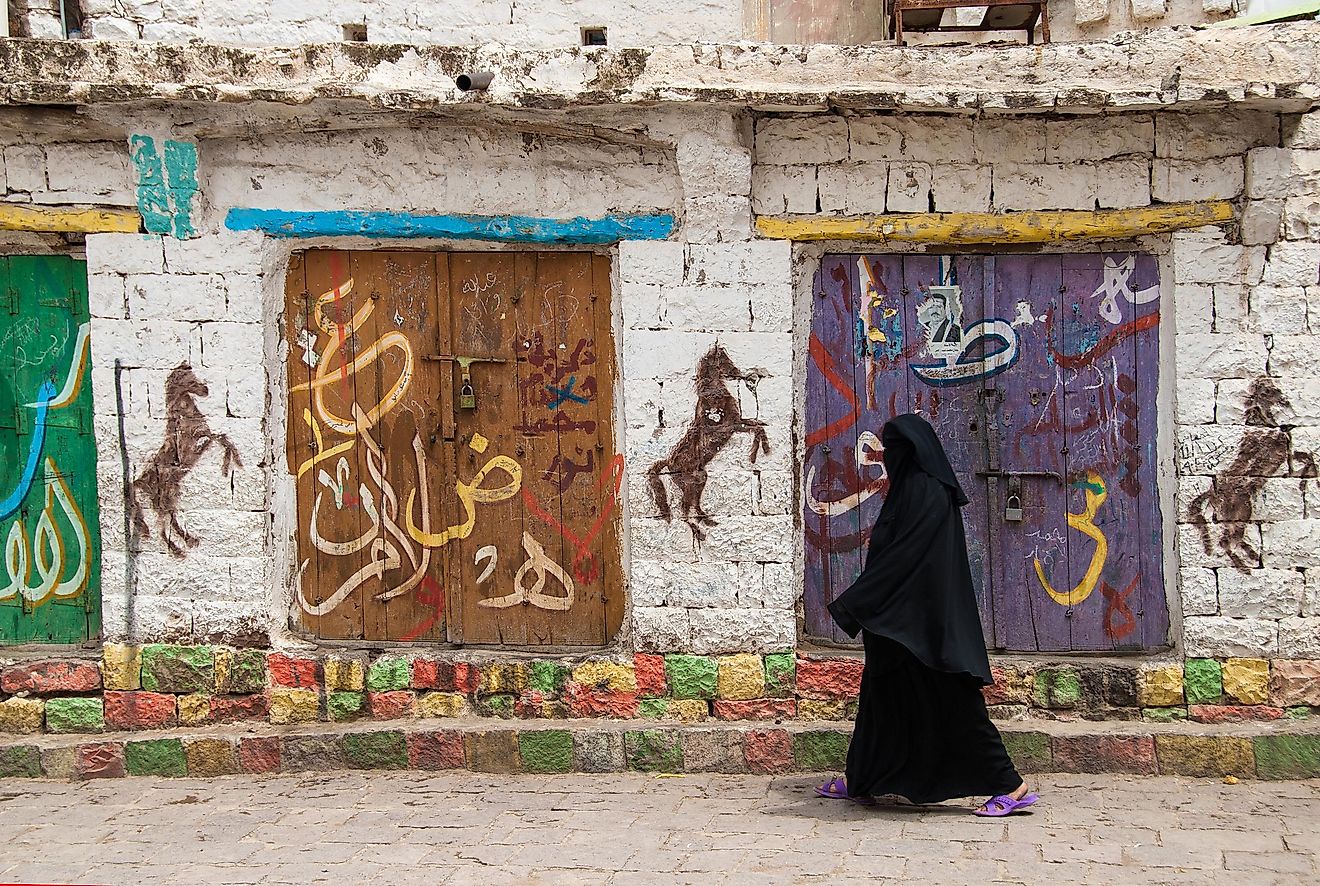
According to information from the World Bank, close to 65% of Yemen's population live in rural areas. Most of the rural Yemeni communities place a lot of emphasis on traditional gender roles. Although urban Yemeni societies are not as strict as rural ones, traditional Islamic customs guide people in their interactions with one another. The culture of Yemen also heavily emphasizes etiquette and respect, particularly for elders, is taught to all the young members of the community.
The native dress for the Yemenis differs from other conservative regions of the Arabian Peninsula. Typically, men put on the thawb, which is a loose full-length dress or the traditional Futah, a wrap-around skirt. Women have a variety of dresses which vary depending on the social roles of a woman in her family or society. The hijab, a scarf covering the head, is an important part of practicing the Muslim religion in the country and is mandatory, but covering the face is not although still commonly practiced. In the northern part of the country, particularly in the cities and towns, women wear sharsaf, which is a combination of a black skirt, a veil, and a scarf covering the whole body. Some western clothing styles can be found, mostly in urban areas.











